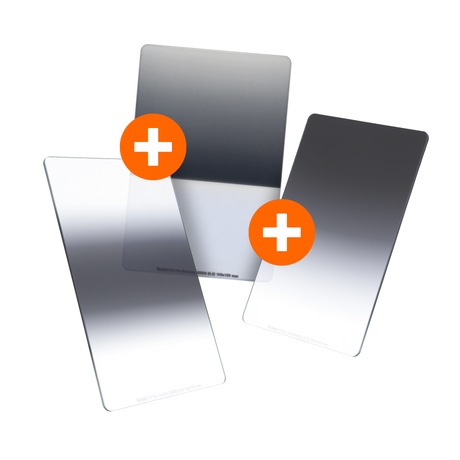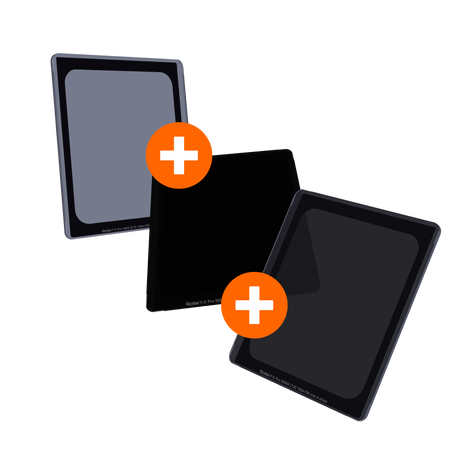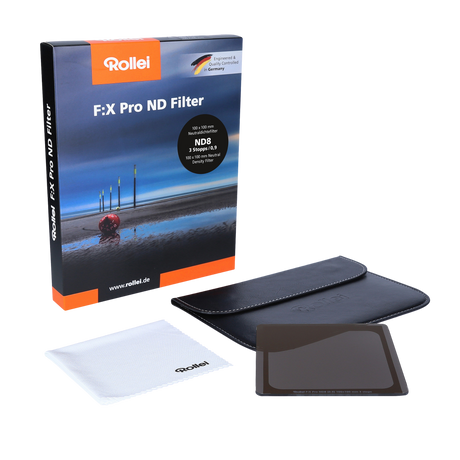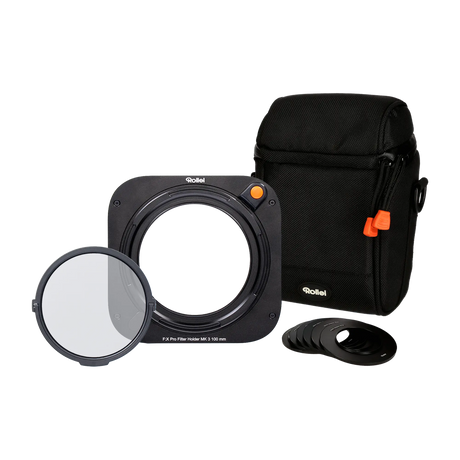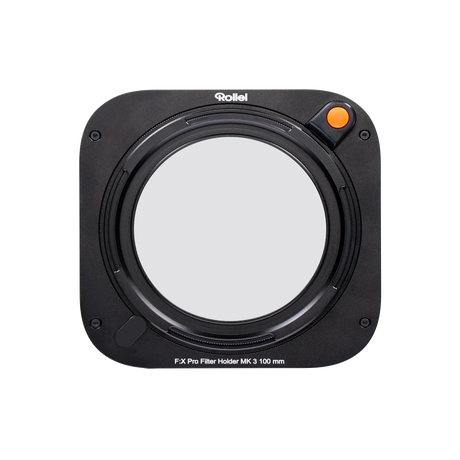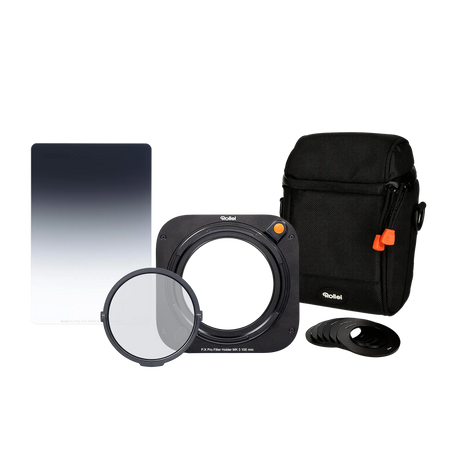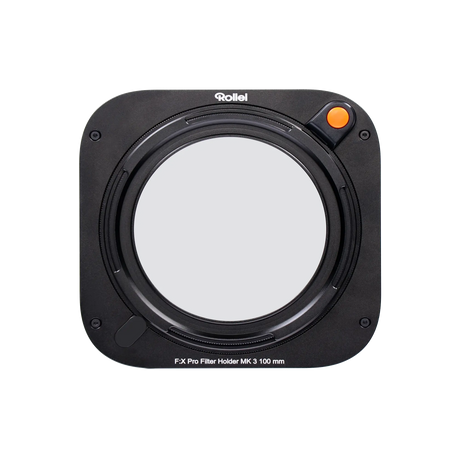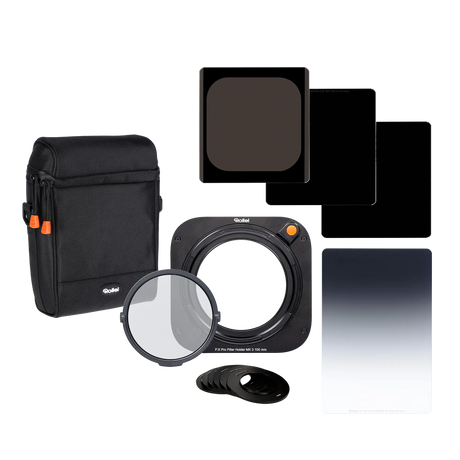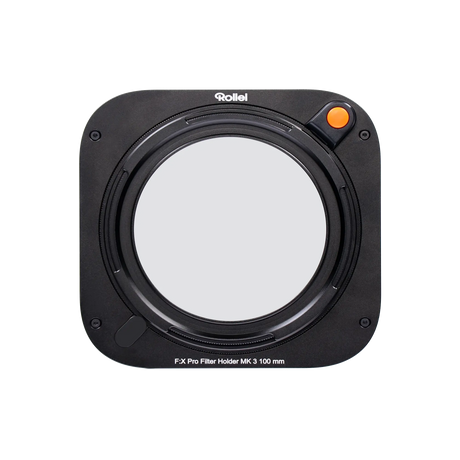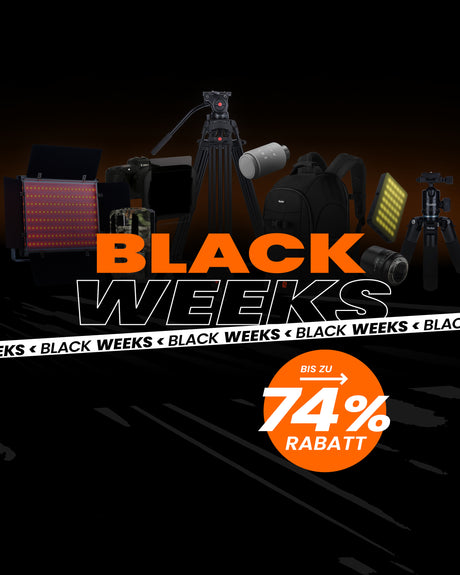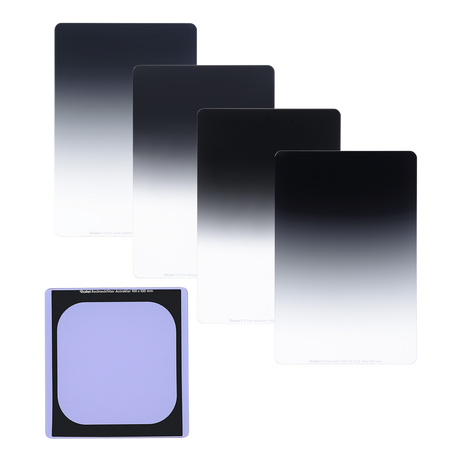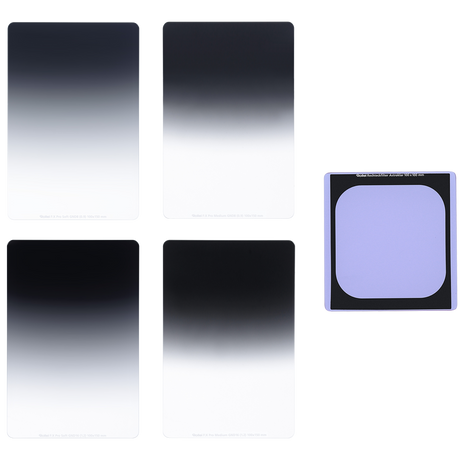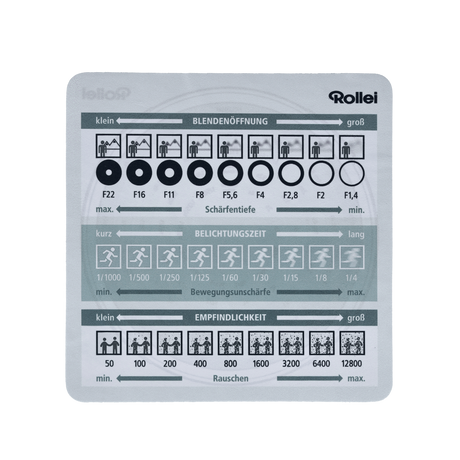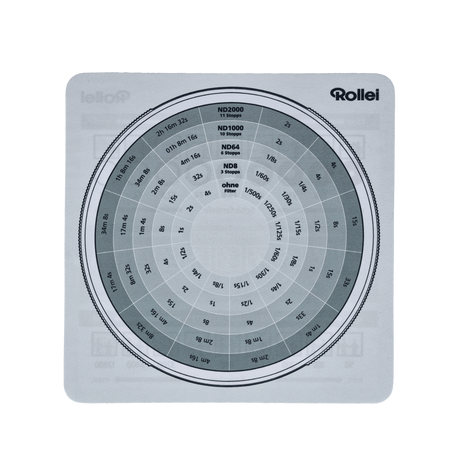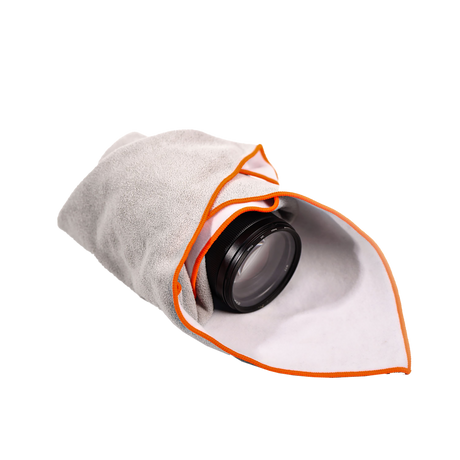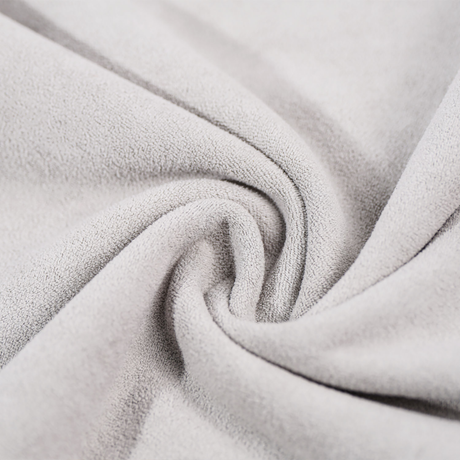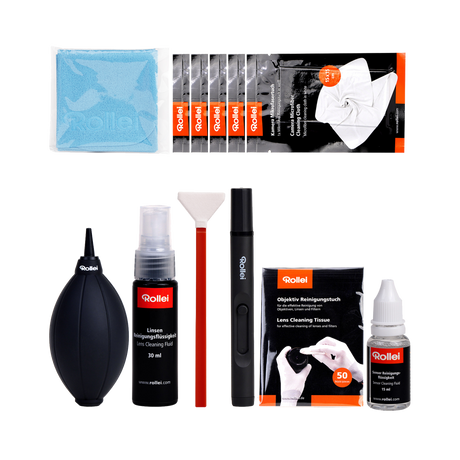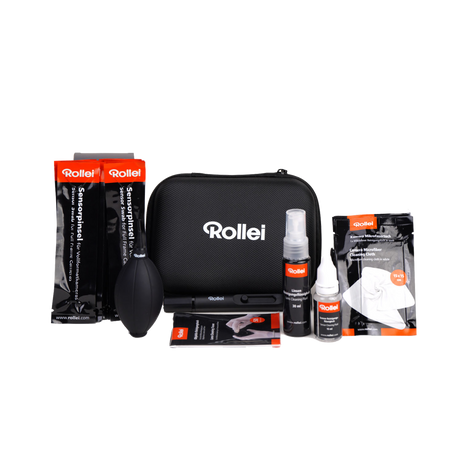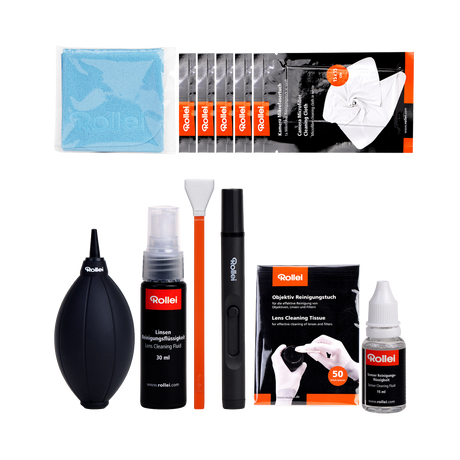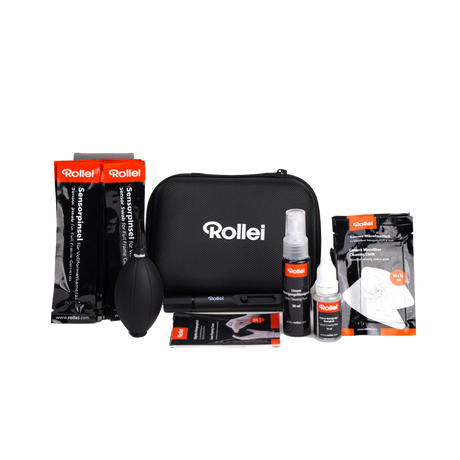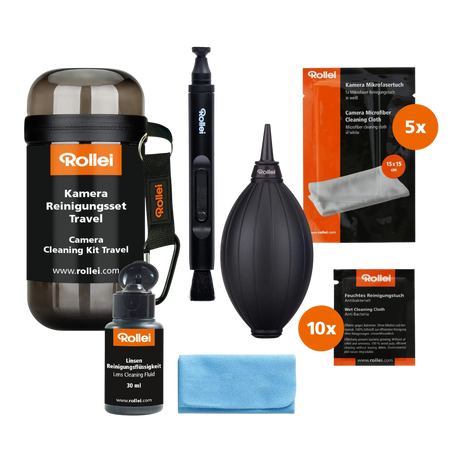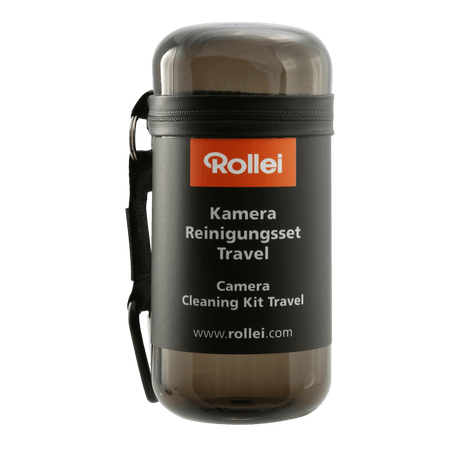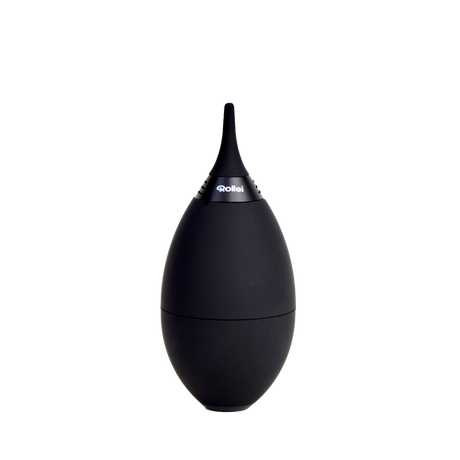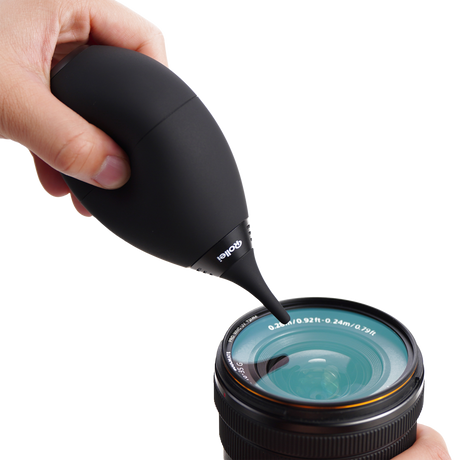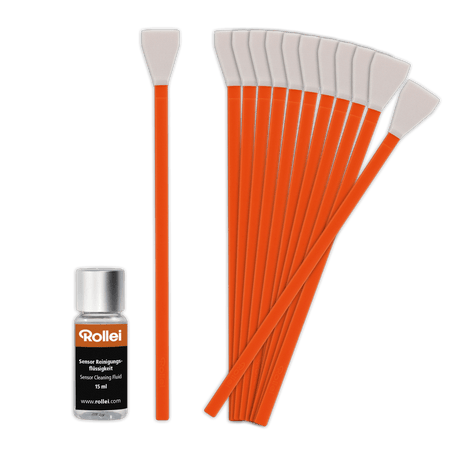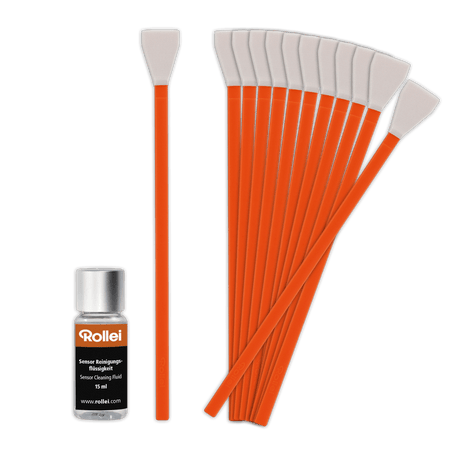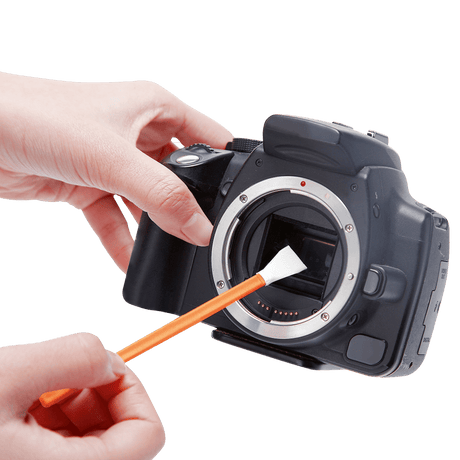-
-
-
F:X Pro filter holder Mark III for 100 mm rectangular filters
129,00 €149,00 €Unit price /UnavailableIn stock -
F:X Pro Starter Kit square filter Mark III Soft 100 mm
30-Day Best Price*: 199,00 €160,30 €229,00 €Unit price /UnavailableIn stock -
F:X Pro Master Kit Square Filter Mark III
30-Day Best Price*: 299,00 €288,00 €369,00 €Unit price /UnavailableIn stock -
 Discover now!
Discover now!Black Weeks
Discover our Black Week Deals and secure up to 75% discount!
-
F:X Pro GND rectangular filter set + Astroklar - Limited Edition
30-Day Best Price*: 199,00 €188,00 €449,00 €Unit price /UnavailableLow stock
Fits perfectly: Cleaning
View all-
Cleaning cloth | 20 x 20 cm | Cheat sheet
30-Day Best Price*: 9.999,00 €4,99 €9,99 €Unit price /Unavailable -
-
Sensor cleaning kit XL - For full frame cameras
30-Day Best Price*: 29,00 €29,99 €39,99 €Unit price /UnavailableIn stock -
Sensor cleaning kit XL - For APS-C cameras
30-Day Best Price*: 25,00 €24,99 €34,99 €Unit price /Unavailable -
30-Day Best Price*: 20,00 €19,99 €
29,99 €Unit price /UnavailableLow stock -
-
30-Day Best Price*: 24,99 €From 20,00 €
24,99 €Unit price /UnavailableIn stock

